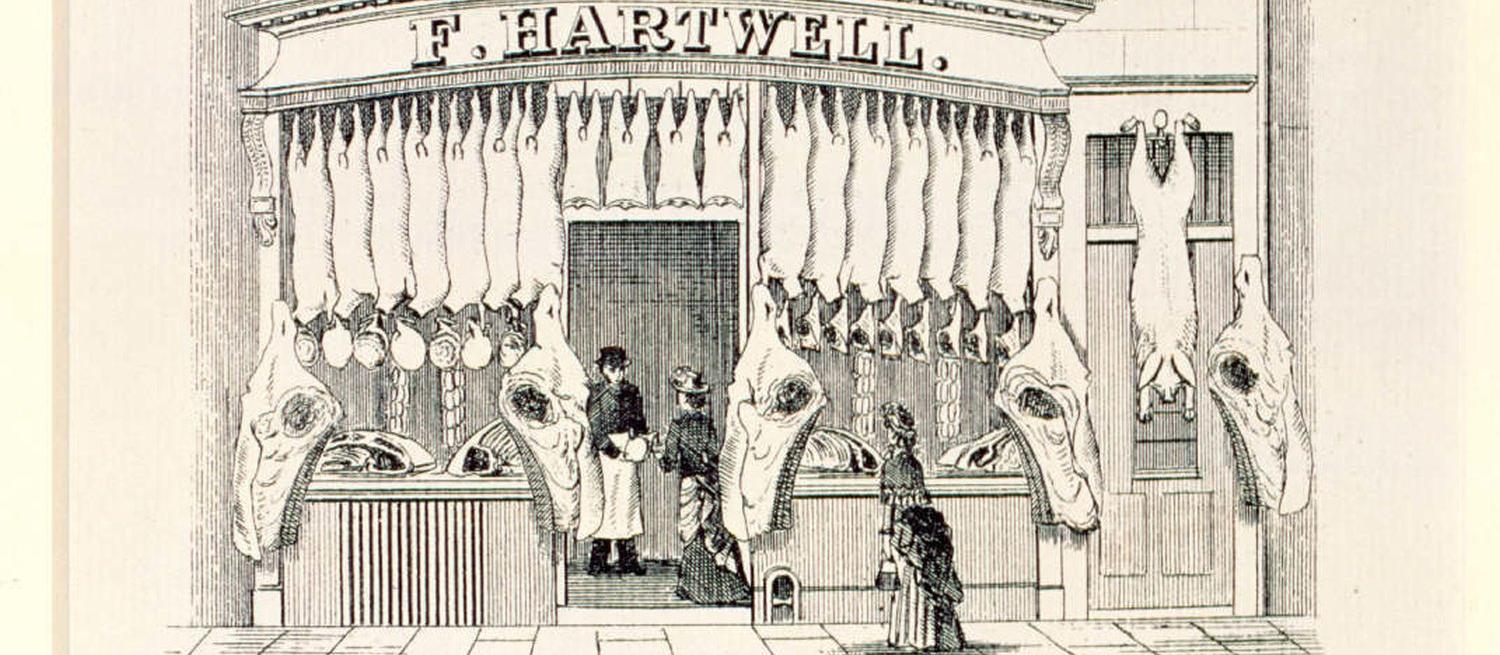The image above is of a sausage making machine in St Albans Museum’s collection (1988.3736). It was donated by a Mrs Peacock.
But was there ever a St Albans sausage? There are plenty of regional sausages in Britain some of which have become well-known, for instance, the long swirl of a Cumberland and the herby Lincolnshire.
We have searched through books and manuscripts to find a recipe for a local sausage. The closest we have got (so far) are several Roman recipes. There is archaeological evidence to suggest that sausages were made in Verulamium, the Roman town of St Albans. This is hardly surprising as lots of cultures developed sausages. It was a way of using up the whole animal and preserving meat in a time when stocking up for winter really mattered.
Historian Ruth Goodman visited Verulamium last summer to investigate - she "cooked up a 2,000-year-old recipe and discovered what the Romans did for Britain by importing pepper, bay leaves and other spices that spike the modern sausages". This was part of the BBC series Inside the Factory and you can still watch the episode on sausages online.
The recipe below comes from “The Roman Cookery Book. A Critical Translation of the Art of Cooking by Apicus” by Barbara Flower and Elisabeth Rosenbaum. It includes “liquamen”, a fermented fish sauce which the ancient Romans used to flavour almost everything. Good replacements for this pungent sauce are the Thai nam pla or the Italian colatura di alici, or failing either, a mashed up anchovy.
"Clean whole spelt grains and boil with liquamen and the finely chopped white part of a leek. When cooked drain the grains. Chop suet and sliced meat and mix together. Pound pepper, lovage, and three eggs; mix all of this in the mortar with pine kernels and peppercorns. Pour in liquamen. Stuff sausage skins, boil and grill lightly, or simply boil."
Research by Sue Davies.
